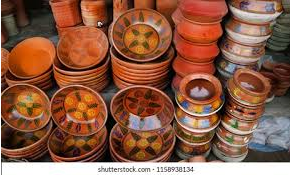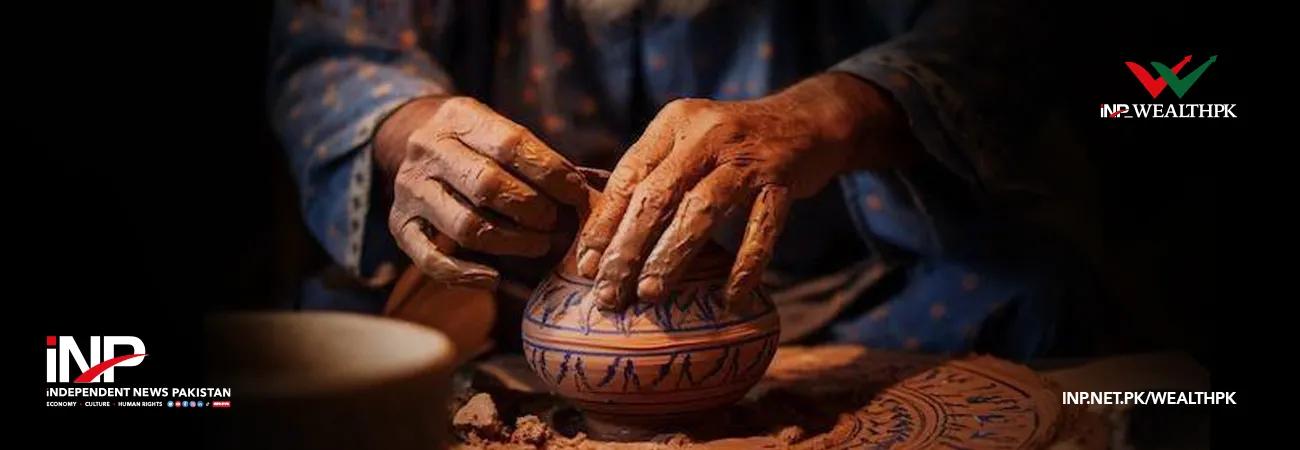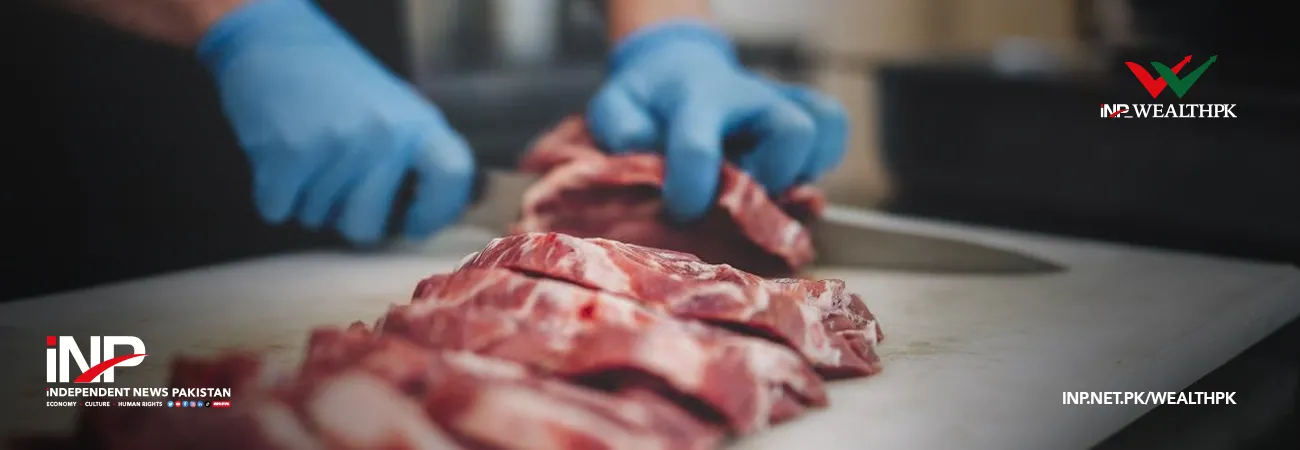INP-WealthPk
Muhammad Luqman
With the adoption of glass and steel utensils, the use of clay pots has declined drastically in Pakistan, adversely impacting the pottery industry that has supported hundreds of thousands of livelihoods across the region for centuries.

Muhammad Yasin, who is employed at a pot making factory in Kahna near Lahore, is among the few potters still practicing the craft to support their families. “Pottery has been in our family for generations. But it is no longer a lucrative profession. I may not let my children adopt it as a source of living,” Yasin told WealthPK.
The 50-year-old starts his work in the morning with the kneading of mud with his adept fingers before shaping it into pots and other items on the potter’s wheel. The demand for clay pots has declined manifold, leading to closure of scores of pottery units that used to dot the outskirts of Lahore just a decade ago.
Now only a couple of pottery factories are operational, including the one Yasin is employed with. The list of the articles, which used to be made and baked at the factories, has also shrunk. The articles presently being produced by Lahore-based factories include Handis (cooking clay pots), Matkas (pitchers), money boxes, vases, plant pots, wall hangings and decoration pieces.
The declining trend in the pottery business is not restricted to Lahore alone; other major pottery hubs in Punjab like Gujrat, Sialkot and Multan are facing similar problems, mainly due to less demand and increasing cost of energy needed for the pots baking ovens.
“This traditional art form is on the brink of extinction. Soon, pottery-making might become a relic confined to art school curricula only,” feared Yasin. Like the dip in domestic market sales, exports of pottery have also declined.
Pakistan used to export cooking pots (Handis) and other articles worth millions of rupees in the recent past. But the exports are no longer consistent. “Before the Covid-19 pandemic, we used to export clay pots to various countries, including those in Europe; but now things have changed drastically,” said Haji Muhammad Shahzad, owner of a pottery unit in Lahore.
“Afghanistan is now among a few destinations of Pakistani clay pots and pitchers. But due to political reasons, the exports to this country have dipped recently,” he added. “Now we have to look inward. Only a comeback of the tradition of cooking in earthenware can save the pottery industry,” said Shahzad while talking to WealthPK.
Despite the switchover of the majority of Pakistanis to glassware and metallic utensils for cooking, there is still a niche market for clay pots and other products. “People come to my shop and buy pots like clay-made hotpots, jugs, bowls and saucers for dining purposes,” says Ali Raza, who runs a pottery shop on Lahore’s Firozpur Road.
He said that these health-conscious buyers usually belong to the middle and upper middle class. “I get these products made from the factories located in other parts of Punjab,” Raza told WealthPK. Unfortunately, he said the low-income segments of the society, who form the majority of population, have totally switched to steel and aluminum utensils.
He said that the popularity of Tandoori tea and Kunna Gosht (mutton dish) had opened new opportunities for the pottery industry. “But the demand for clay pots for these eateries is still very little to give a boost.” The potters believe that only by making the people aware of the health benefits of the clay pots, the demand for earthenware can be increased.
Credit: INP-WealthPk













